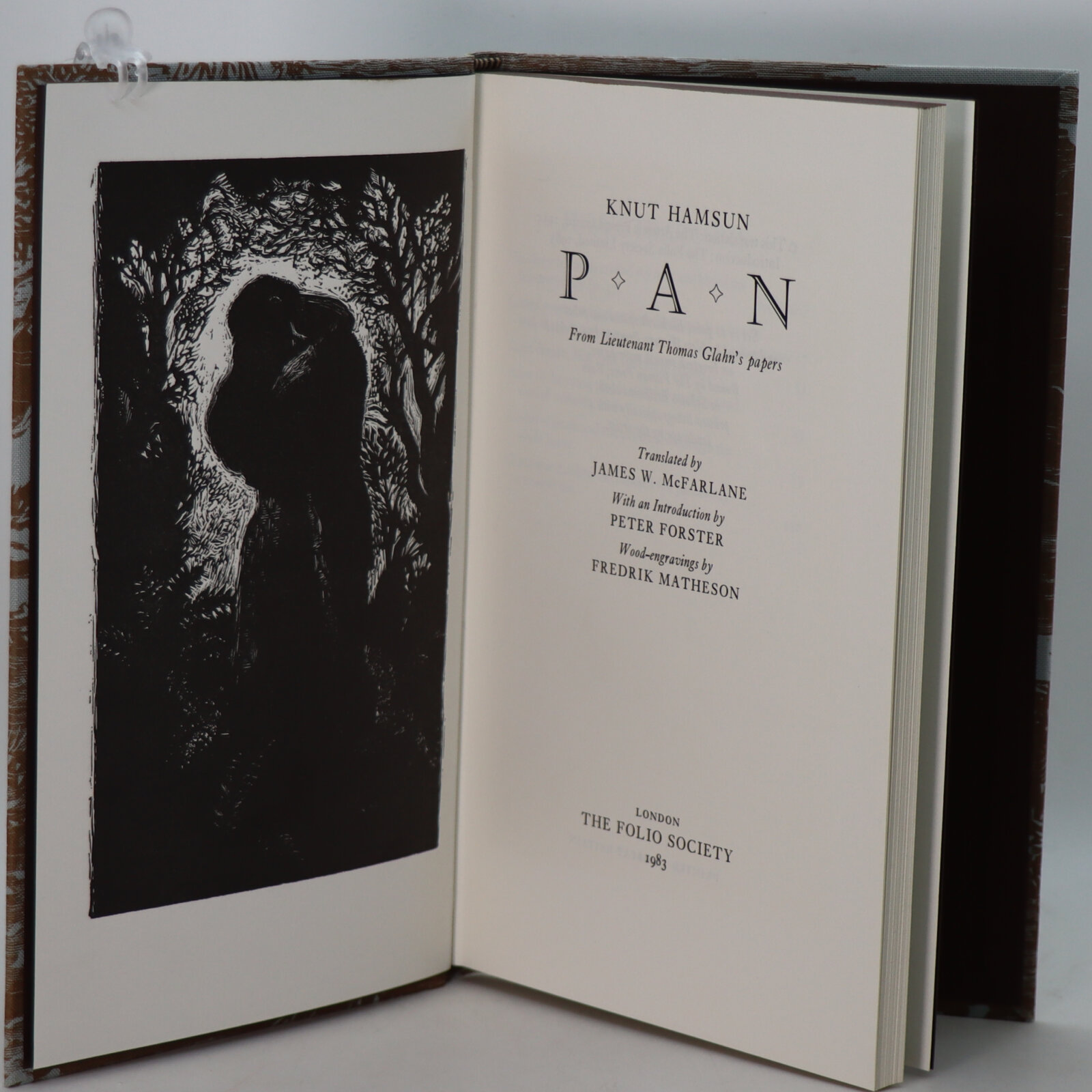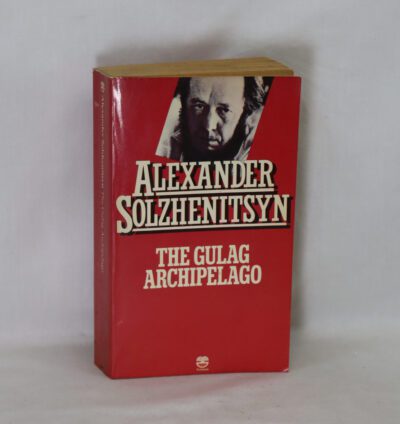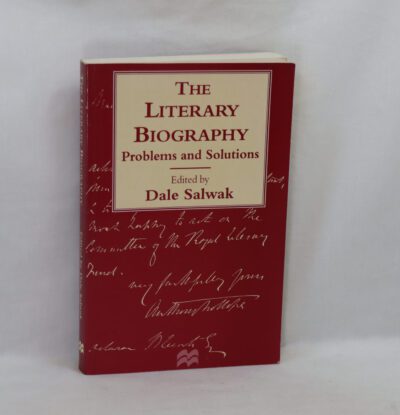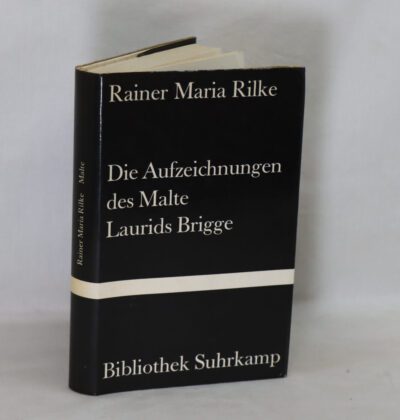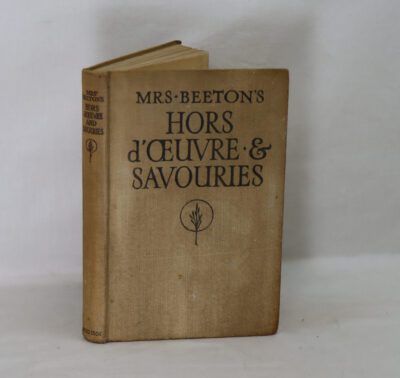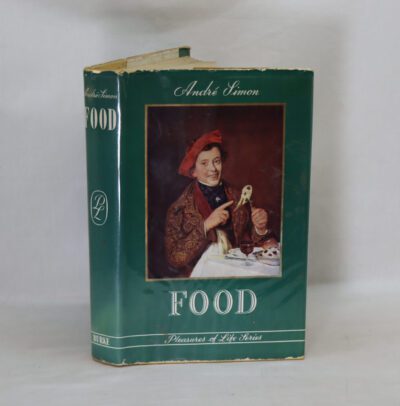Pan.
By Knut Hamsun
ISBN: 9781101191149
Printed: 1983
Publisher: The Folio Society. London
| Dimensions | 15 × 24 × 1.5 cm |
|---|---|
| Language |
Language: English
Size (cminches): 15 x 24 x 1.5
Condition: Fine (See explanation of ratings)
Item information
Description
In a fitted box. Grey cloth binding with brown rural scene drawing. Gilt title on the spine.
F.B.A. provides an in-depth photographic presentation of this item to stimulate your feeling and touch. More traditional book descriptions are immediately available.
Endorsed by F.B.A. – F.B.A. is endorsing a range of collectable lovingly used books
A lovely rendition of this Folio production
Pan is an 1894 novel by Norwegian author Knut Hamsun. He wrote it while living in Paris and in Kristiansand, Norway. It remains one of his most famous works.
Plot summary – Lieutenant Thomas Glahn, a hunter and ex-military man, lives alone in a hut in the forest with his faithful dog Aesop. Upon meeting Edvarda, the daughter of a merchant in a nearby town, they are both strongly attracted to each other, but neither understands the other’s love. Overwhelmed by the society of people where Edvarda lives, Glahn has a series of tragedies befall him before he leaves forever.
Symbolism – The changing seasons are reflected in the plot: Edvarda and Glahn fall in love in spring; make love in the summer; and end their relationship in the autumn. The contradicting symbols of culture and nature are important in the novel: Glahn belongs to nature, while Edvarda belongs to culture. Much of what happens between Glahn and Edvarda is foreshadowed when Glahn dreams of two lovers. The lovers’ conversations also foretell the future.
Epilogue – The Epilogue: Glahn’s Death is told from another person’s perspective. In the main narrative of the book, which is told in first person by Glahn, he sees himself as awkward and unattractive. The Epilogue shows that is not the case, instead from an outsider’s viewpoint Glahn is beautiful, talented and desired. Glahn has left Nordland and moved to India to be alone in the forest and to hunt, but he is suicidal because of his lost love, and when he cannot bear it any longer, he provokes the narrator of the Epilogue into shooting him.
Want to know more about this item?
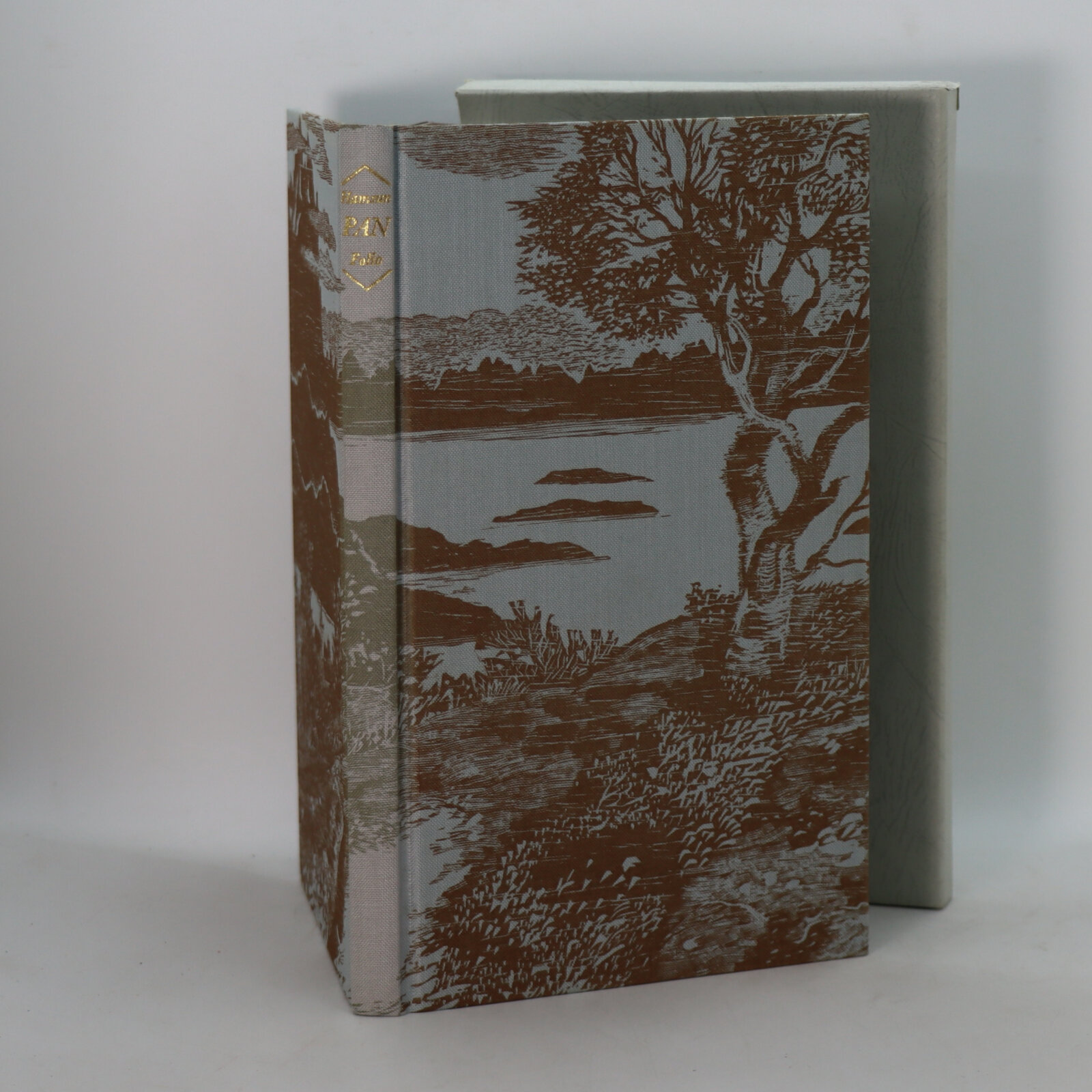
Related products
Share this Page with a friend

